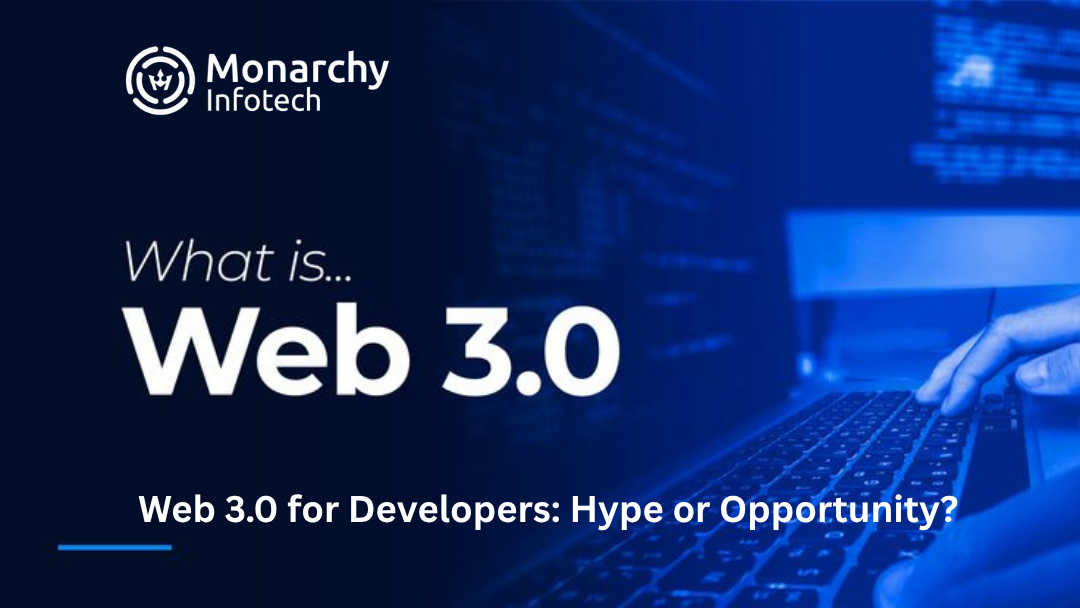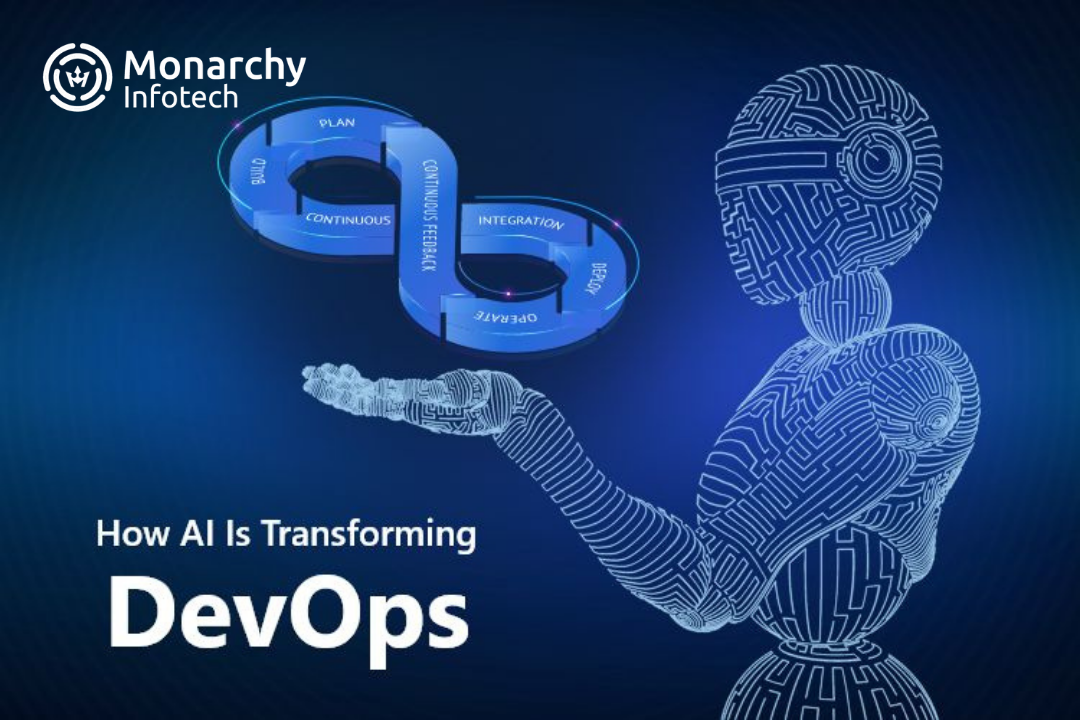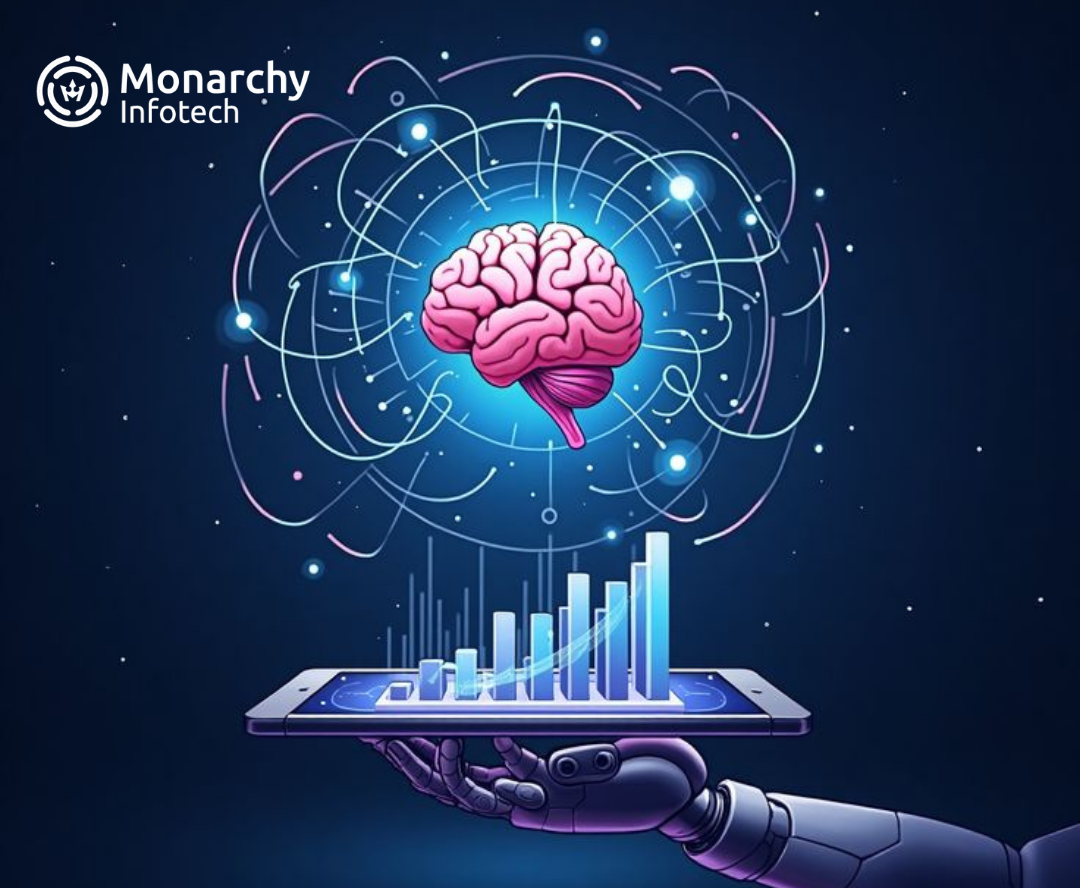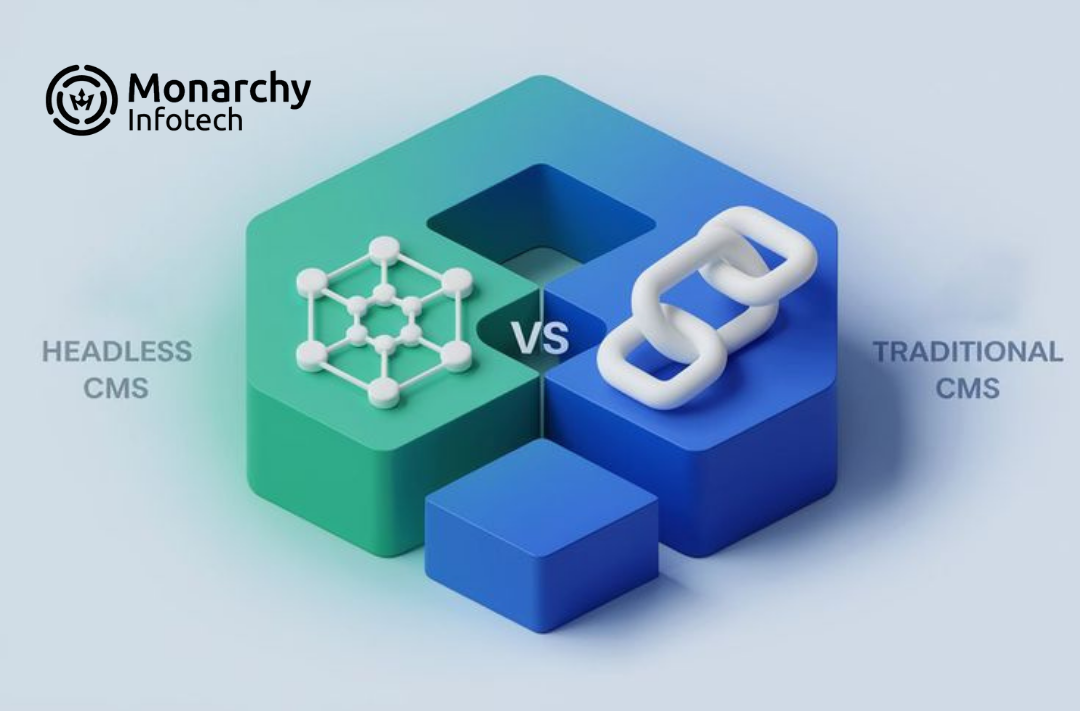Web 3.0 is revolutionizing the way that developers create and engage with digital platforms—new decentralized systems, blockchain technology incorporation, and user-controlled data models. But is it really the future or just another technological hype? This blog delves into the underlying technologies of Web 3.0, real-world applications, issues developers encounter, and whether it is a wise investment of time and skills or speculative bet.

Web 3.0 for Developers: Hype or Opportunity?
Web 3.0 for Developers: Hype or Opportunity?
Web 3.0 has emerged as one of the most popular buzzwords in the tech industry today. With its promise of decentralization, user control, and a new internet framework, it's been touted as the next generation beyond the present Web 2.0 era. But for developers, the million-dollar question still is: is Web 3.0 an actual opportunity—or mere hype and noise?
What Is Web 3.0, Really?
Web 3.0 is a move from centralized platforms (such as Facebook, Google, or Amazon) to decentralized networks founded on blockchain, smart contracts, and cryptographic systems. Some fundamental principles are:
- Ownership of user data
- Permissionless access
- Trustless interactions through smart contracts
- Tokenized economies
It's not all about cryptocurrencies—Web 3.0 includes decentralized finance (DeFi), NFTs, DAOs, and decentralized storage (such as IPFS or File coin)
What It Means for Developers
Opportunities:
- New platforms to develop on: Ethereum, Solana, Polkadot, and other blockchains provide mature ecosystems and expanding user bases.
- Strong demand for blockchain devs: Solidity, Rust, and Web3.js skills are in high demand.
- Ownership and monetization: Devs can monetize directly from tokens, NFTs, or DAOs without depending on the usual monetization schemes.
Challenges:
- Sloping learning curve: New paradigms (gas fees, wallets, immutability) require time to learn
- Security threats: Irreversible loss is possible due to one mistake in a smart contract.
- Fragmentation in the ecosystem: Multiple standards, tools, and chains hinder interoperability.
Real-World Use Cases
- Decentralized Apps (dApps): Uniswap, Avae, and others are transforming finance.
- Gaming: Play-to-earn models, game assets as NFTs (e.g., Axie Infinity).
- Ownership of content: Mirror.xyz and Audius allow creators to own their work and money.
❓ Hype or Opportunity?
Yes, hype. Like any new technology, Web 3.0 is met with exaggerated expectations. But amidst all the noise, actual technical innovation is occurring. Most use cases are still in experimental phases—but demand for Web 3.0 expertise is real and increasing.
For adventurous developers who are willing to learn, experiment, and venture out, Web 3.0 presents an exciting new frontier. It won't replace Web 2.0 tomorrow, perhaps, but it's defining a significant stratum of the internet's future.
✅ Final Take
Web 3.0 is not a silver bullet, but it's not speculation either. It's a developing opportunity. If you're a full-stack dev, mobile engineer, or cloud architect, the time is ripe to learn how decentralized tech can enrich your toolkit—and perhaps, your career trajectory too.
Want to learn more?






